So the trailer for Top Gun 2 got me pretty hyped. In the meantime for a laugh…
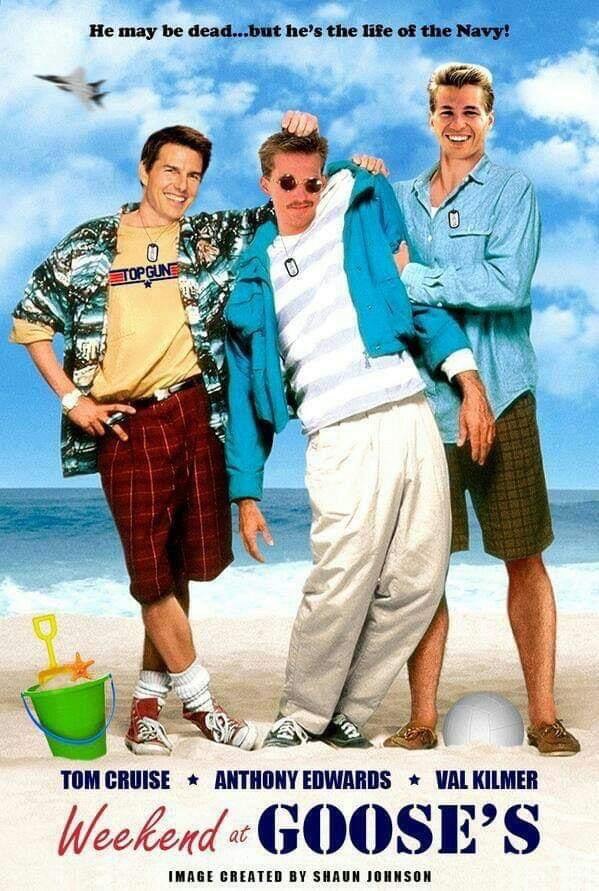

So the trailer for Top Gun 2 got me pretty hyped. In the meantime for a laugh…


When the aircraft you want is at the back of the hangar, and no one around to help you move aircraft… Who needs weights at the gym?
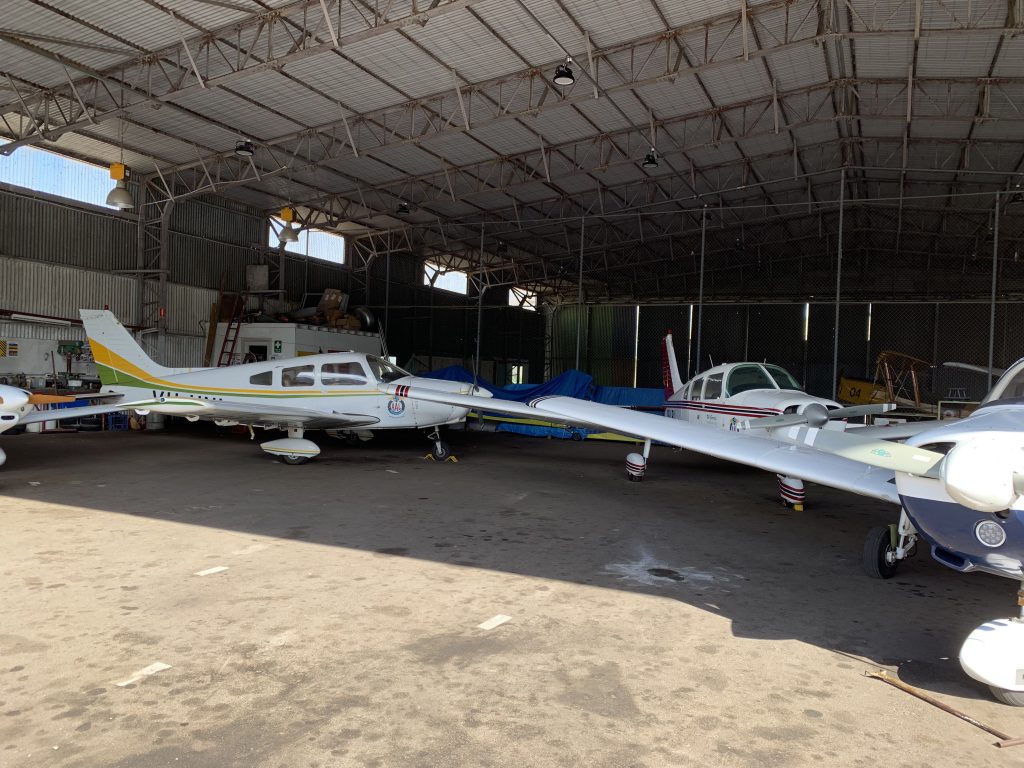
Recently spent the weekend in Temora for the Warbirds Downunder air show. Once again some awesome sights to be seen. Highlights included two Spitfire, two Mustangs and two Kittyhawks in formation, plus Australia’s only airworthy Hawker Hurricane!
I’ve been waiting to do this for a while. This was the first time I’ve flown solo in 14 years!
We flew from Camden up the lane of entry to Hornsby, across to the coast and down Victor 1 at 500′ before returning to Camden via the Sea Cliff Bridge.
There were a few problems, VH-LRA had fouled plugs so we took VH-UNL and it turns out her Mode C transponder was out so no Sydney Harbour Scenic. Still – good flight.
Today I did my flight review – now legal to exercise the rights of my Private Pilot License anywhere in Australia.
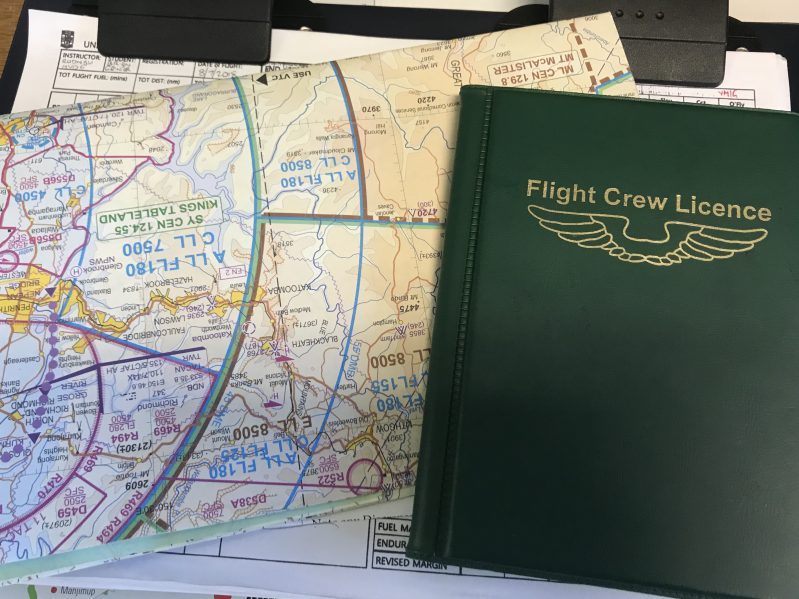
The forecast weather today was very average – winds at Camden forecast to be 250deg at 20 knots gusting to 30, getting worse during the day with moderate to severe turbulence below 5000’.
Departed Camden pretty early, before it picked up and headed south towards Mittagong. Climbed to get us up above the turbulence where it was much smoother, however we were flying into a 50knot headwind! Good thing we weren’t really planning to go to Goulburn, would have been a slow old trip.
Practiced some diversions, stalling and steep turns, also did some instrument time under the hood – pretty difficult once we started to descend again. Back to Camden for some circuits, the first one was pretty rough so we made the next one a flapless landing and the higher approach speed made it a little smoother. Final circuit saw me in the circuit with the Albatros jet – no chance of catching up to him 🙂
So now I’m current again and eager to log a few more hours – looking to do some scenic flights over Sydney. Any takers? 🙂
Chances are, if you ask an aviation enthusiast or indeed anyone with a passing interest in aviation to name a flying boat or amphibian, the “PBY Catalina” is the first aircraft that will come to mind.
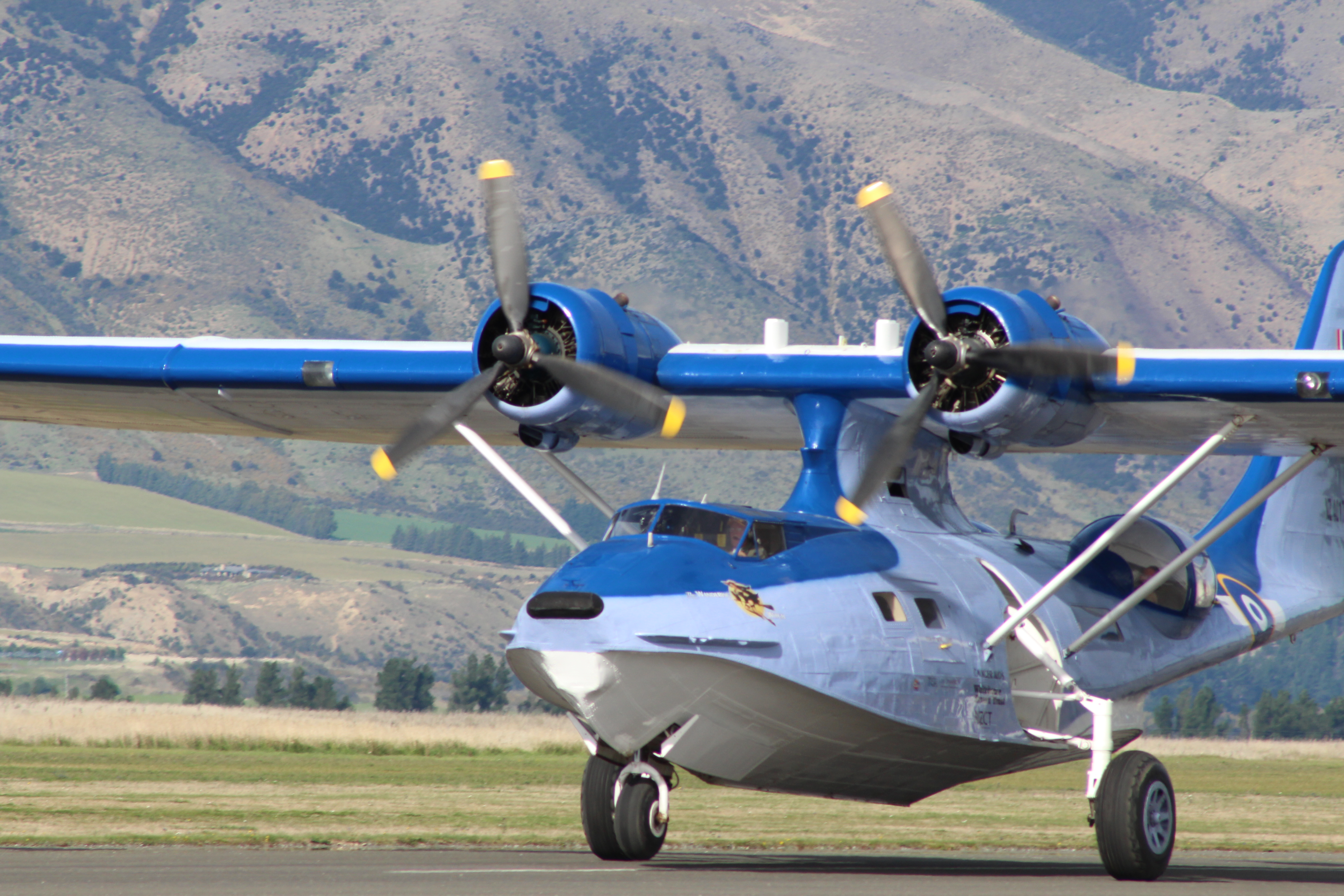
The Consolidated PBY Catalina first flew in 1935 and it was one of the most widely used seaplanes of the Second World War. Operated by every branch of the United States Armed Forces and the air forces of many other nations, the Catalina served as an anti-submarine warfare aircraft, in maritime patrol, convoy escort and search and rescue.
In Australia, they were operated by Qantas Empire Airways during the war between Perth and Colombo in the “double sunrise flights” that spanned 28 to 32 hours. Post-World War II they saw service until the 1980s with the Brazilian Air Force and even today they are still used as an aerial firefighting aircraft.
The first time I saw a Catalina was on television in the 1970s, when acclaimed diver Jacques-Yves Cousteau used one to support his diving expeditions. The idea of a plane that could go anywhere it wanted, on land or water was enticing and as a child I dreamed of owning one and flying the world.
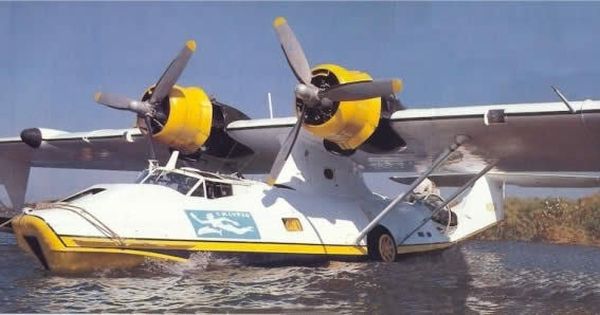
The “Flying Calypso” operated by world renowned diver Jacques Cousteau
As years went on, reality took hold and while I gained my private pilot license, even the idea of experiencing a flight in a Catalina seemed tantalizing. The only airworthy “Cat” in Australia was operated by HARS and the chances of scoring a ride in that seemed pretty remote. When I boarded an Air New Zealand B787 to head across “the ditch” to attend the Warbirds Over Wanaka, little did I knew I’d soon have the opportunity to tick that item on the “bucket list”.
The RNZAF operated 56 Catalinas between 1943 and 1953, and in 1994 a syndicate was formed to purchase an ex-RCAF aircraft in memory of the Kiwis who operated this aircraft. Flying a big amphibious warbird that was built over 70 years ago is an expensive exercise, and to offset the costs I soon discovered they offer joy-flights in their aircraft – I couldn’t get my credit card out quick enough!
ZK-PBY looks like a WW2 RNZAF aircraft on the outside, but inside there have been a number of concessions to passenger comfort. The aircraft has been lined and some sound proofing added, and 16 passenger seats added. There are even a few modern touches like carpeted bench seats in the blisters and the crew take us through a safety briefing (complete with laminated safety cards!) as we taxi out to Wanaka’s sealed runway. The plan is to do a water landing too (depending on the conditions) so we are all fitted out with life jackets.
Soon after takeoff, we are allowed to leave our seats and I take the opportunity to observe the pilots from an elevated platform just behind the cockpit. I’m a little surprised how small the cockpit is – it looks very cramped in there. But what an amazing view of New Zealand’s South Island!
Soon we’re instructed to return to our seats, and we’re descending for a water landing on Lake Wanaka. To be honest, this was a little underwhelming because my only view is out a tiny window in the forward fuselage. In an ideal world, I’d be seated in the blister watching the spray as we touched down but that wasn’t to be for safety reason. But then I remind myself, “You’re doing a water landing, in a Catalina! Enjoy it!”
After a touch and go (splash and go?), we’re soon on our way back to Wanaka airport and this was the highlight of the flight. Now was my turn to sit in the blister and enjoy the view – it was every bit as amazing as I had possibly hoped. The view was spectacular, and watching the two Pratt & Whitney R-1830 radials was mesmerizing.
All too soon, the aircraft began its descent and the pilot lowered the undercarriage (fascinating to watch them unfold, sadly I was too slow with the camera), and we were directed back to our seats for the landing. Before I knew it we were back on terra firma and handing back our life jackets as our “hostesses” bid us farewell.
This flight was without doubt the unexpected highlight of the Wanaka airshow for me and a memory I will long treasure. Was it enough for me? No! If I get over to New Zealand again for another airshow I would definitely go for another ride! The syndicate member I spoke to even mentioned they would teach members to fly it – for a price 🙂
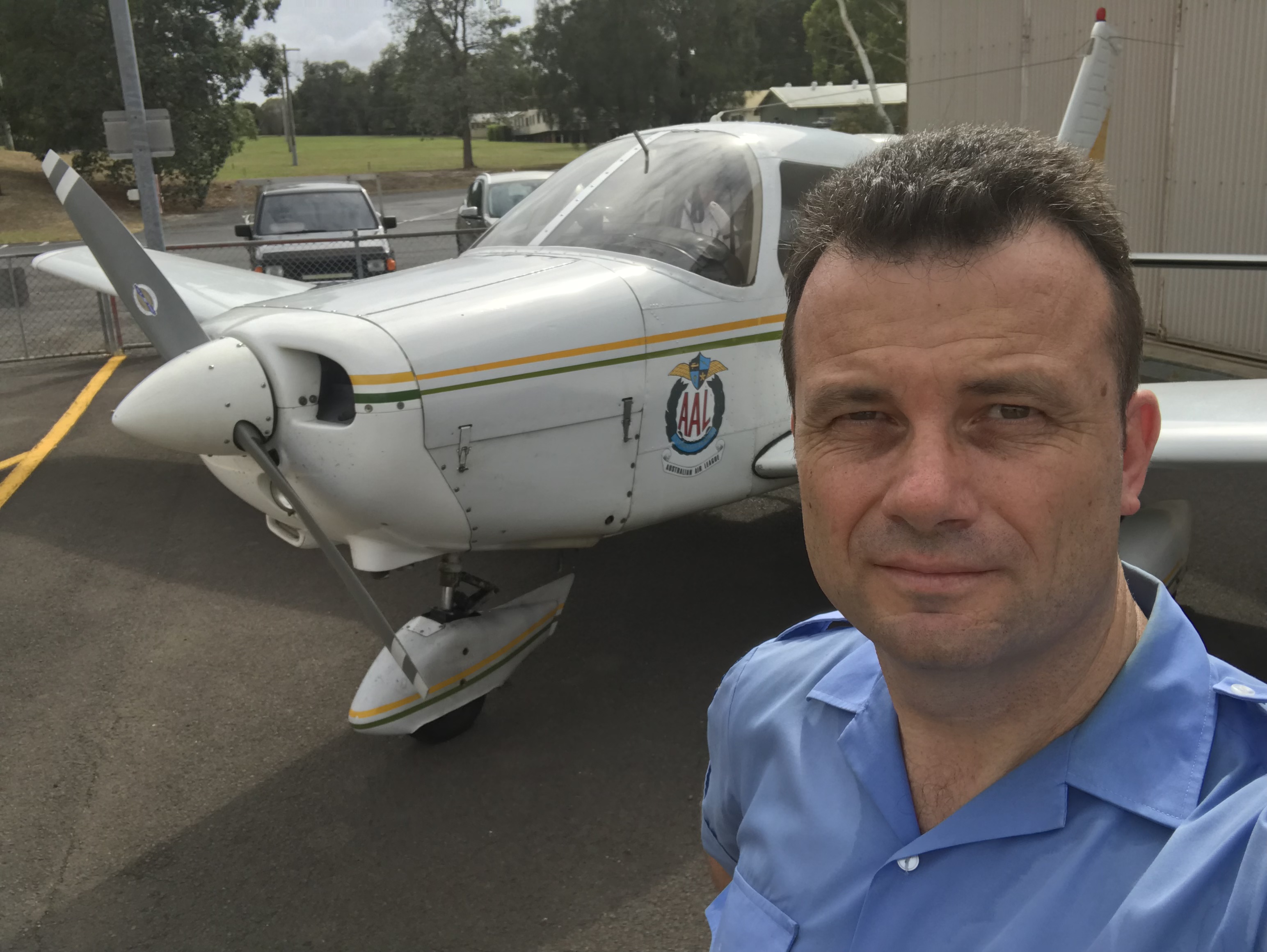 So I’ve started flying again.
So I’ve started flying again.
According to my log book, the last time that I flew was in 2004. Sometimes life gets in the way, but now I’m in a situation where I can look at flying again. I did have a Private Pilot License and 150 hours of flying however after so long away it’s like learning to walk again! Fortunately it’s all coming back quickly though.
I’m flying with the Air League’s Air Activities Centre in a PA28-151 Warrior, certainly a change from the Robin or a Tobago but a good solid aircraft. After some aerial work in the training area and a few sessions of circuits I’m right for practice forced landings and then a flight review I hope.
After that, who knows? Bit old to be chasing a career as a pilot – I earn more in IT than I could seriously consider in aviation at the moment. But I think to aim towards a Commercial Pilot License as a goal would be good, then perhaps look at doing the charter and Air Experience flights with the Air League or perhaps an instructor rating as a part time thing?
We’ll see.
I just noticed that I never published the flying video here from Luskintrye.
Today I went flying. It was good.
One of the former cadets at Air League, Mick Leonard is now an F/A-18 Hornet pilot in the RAAF. Today was a family flying day for wives and families of the pilots and Mick and his father Rod invited me along for the day. The original plan was to go up for DH-82 Tiger Moth joy flights, I’d long wanted to fly in a vintage Tiger Moth and this was my chance.
The Tiger Moth is a pre-war vintage biplane so its pretty basic, tube and canvas, simple instrumentation and so on. A very enjoyable flight. Then one of the pilots asked me if I wanted to go for a ride in a Nanchang. Stupid question. The Nanchang CJ-6 is a Chinese made basic trainer with a 260hp radial engine and is fully aerobatic.
I climbed in with the pilot Dan and we took a flight across to Cessnock for fuel. Enroute we spoke about my flying and he offered me some stick time on the way back – can’t say no to that!
Because of its origin much of the controls and instruments in the aircraft were in Chinese – the basics were now labelled in English but in the rear many were still in Chinese. The altimeter was also in metres – this confused be at first as I thought “300 ft is a bit low… oh, 300 metres. That’s not too bad.”
On the way back to Luskintyre I had a go at flying the aircraft, it was like a little fighter with stick and throttle quadrant and was very responsive. I was a little hesitant about doing aerobatics, but Dan assured its like riding a bike – you never forget. Sure enough – I did some loops, rolls and wing overs and it all came back. With 260hp and 140kts indicated there was no need to build up speed in a dive and Dan gave some positive feedback on my aerobatics which was good for the ego.
It was all over too soon as we landed in the late afternoon sun, Rod had a go at the Nanchang and Mick and I discussed flying. Soon the sun was setting and I was driving home. Definitely an awesome day – gotta get flying again soon.